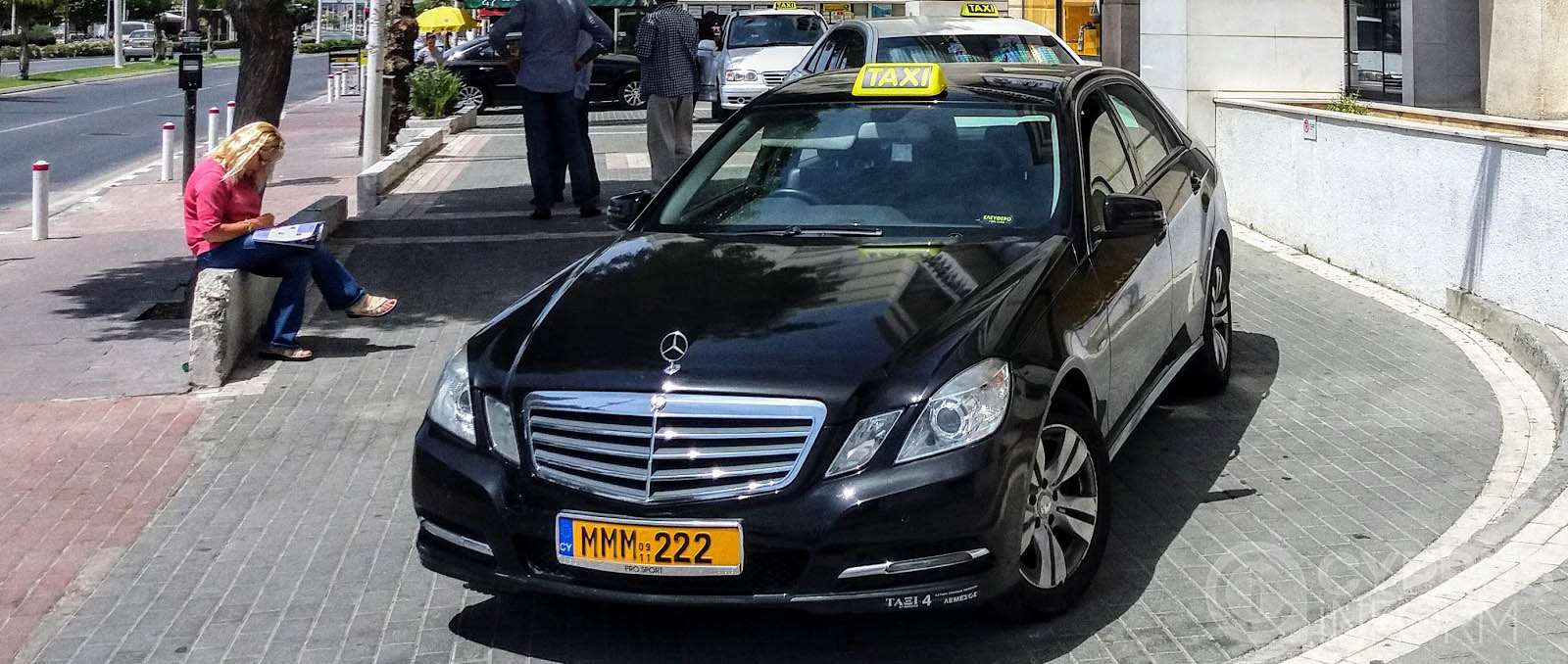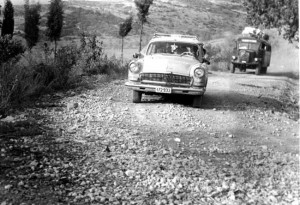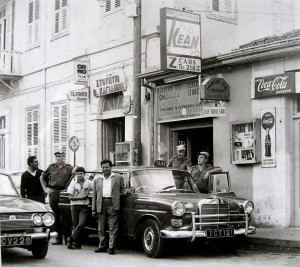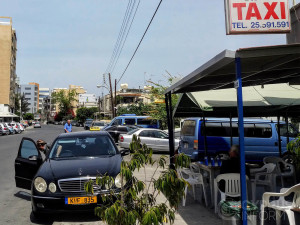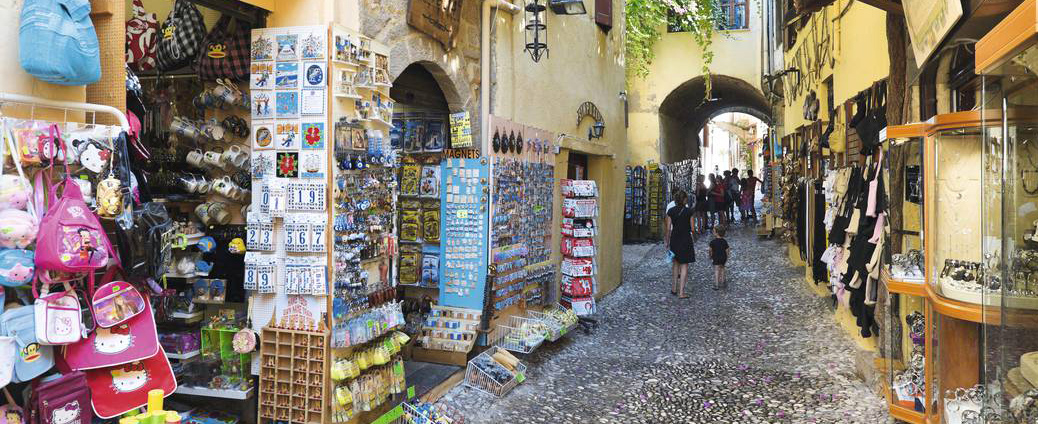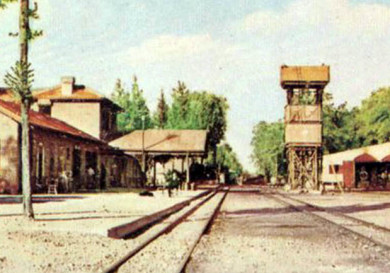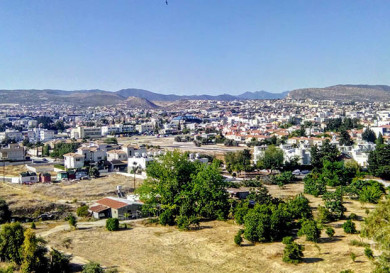Taxi in Cyprus
A person, who is visiting Cyprus for the first time and is not familiar with Cypriot lifestyle, traditions and some ‘in-house’ rules can be surprised to learn about the organisation of local business processes. A great example is Cyprus taxi companies.
Organisational structure of Cyprus taxi business is a unique phenomenon, which can leave a newcomer confused with the service quality and price ratio.
- The first question many tourists and freshly relocated expats would ask is – why there is no centralized taxi dispatch service in Cyprus, which would cover all available taxis on the island?
- The second traditional question – why there are no specialized mobile taxi booking applications in Cyprus, which are so popular today all over the world?
To answer these questions, it would be useful to look back at the historical development of taxi service in Cyprus. Today in 2017 Cyprus taxi service companies still operate in the same way as it was back in 1930 and the explanation for that can be found in certain economic, urbanisation and motorization processes, which changed the lifestyle of Cypriots overtime.
Historical development of Cyprus taxi
Cyprus taxi business is represented by many small privately owned offices islandwide. Each taxi office employs around 20 taxi drivers, who are operating in the certain area of the city. The organisational structure may seem similar to the horse drawn carriage transportation system common in the late 18th, 19th 20th centuries. But actually, Cyprus transportation system is a unique creation of local entrepreneurs, which is still relevant today
From traditional carriages…
Historically, cities in Cyprus were built around sea ports and trading centres. From the old times up until the beginning of the last century, local residents did not experience any particular need for public transport.
- Peasants and farmers who were bringing their produce to the market place, as well as resellers had their own carriage or wagon transport, which was used to travel from the village to the city and back.
- Merchants, government officials and craftsmen also had their own personal transport.
- Transportation of goods between the cities was quite common and reminded famous scenes from the movies about Wild West; passengers, who were unable to pay for the ride with the horse drawn carriages, were left with only option – travelling dawk.
Robberies on the Limassol – Paphos route were quite common in the beginning of the 20th century. This is where the comparison with Wild West comes from.
… to minibusses…
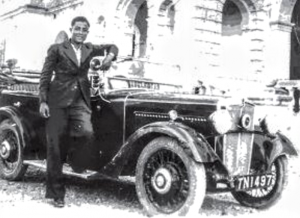
The first passenger transport carrying clients through the island for a certain fee was a fixed-route taxi. The appearance of the first public transport helped in establishing the main principles of the future passenger transportation in Cyprus.
A company operating long-distance fixed route taxis in Cyprus, which are similar to modern Travel Express taxis, was established in 1935 by Louis Loizou. Later, Louis Loizou was called ‘the father of Cyprus tourism’ and became also known as a creator of Louis Group.
Louis Tourist Agency opened its taxi stations in Cyprus, where the company was offering transportation services to the people living in the neighbouring areas. Customers were arriving at the station, from where taxi cars were taking passengers to the nearby cities or villages on a scheduled time. It was also possible to book a minibus taxi over the phone and the cars were picking the passengers on the way.
This business model was accepted and approved by Cyprus residents and minibus taxis quickly became the main transportation method for locals.
In fact, foreign tourism has significantly contributed to the growth of popularity of taxi services as we know it today. Famagusta became the main area, where the most taxi cars were located to satisfy the demand creating by tourists. Limited number of business licenses issued by the government to the taxi companies, made it possible to use high class vehicles and maintain a high quality of service.
… to modern taxis
By the mid-60s of the last century, a network of long-distance and intercity taxi companies started appearing in Cyprus. Taxi companies were gathering private
owners of the cars, who were getting their customers through the dispatching station. Usually, a taxi dispatcher was accepting bookings form the customers over the phone or in person. Apart from passenger transportation services, taxi companies were also offering delivery services of goods and small size cargoes.
Development of a locally centralized taxi dispatching system in towns and villages, contributed to the opening of numerous courier businesses offering delivery services of goods, parcels and correspondence.
However, with the development of electronic technologies, hand to hand mail delivery lost its popularity and has almost disappeared in modern Cyprus.
Traditions and new trends
Traditionally, Mercedes and GAZ-21 ‘Volga’ cars, manufactured in the Soviet Union, were the most popular car models used for passenger transportation.
Thanks to the close ties between the USSR and Cyprus, Volga cars, specifically adopted for the left-hand traffic, were delivered from the Soviet Union. In terms of simplicity in operation and maintenance, Volga cars were successfully competing with German classic cars. Just a couple of decades ago Volga taxis were taking tourists to Troodos mountains and back, today it’s mostly Mercedes cars we see on Cyprus roads.
Generally, Cypriots like to stick to the traditions and are hesitant to implement new technologies or practices into their daily routines or business models, unless it will bring a visible benefit.
Therefore, the traditional operation model of taxi service companies in Cyrus, with a retired uncle answering phone calls, surrounded by his friends, is still very common and widely used. Even the appearance of mobile technologies did not change the situation much. Taxi office is more like place of gathering of old friends, who can chat and share latest news over a cup of coffee.
Why coming up with innovations, if all the regular customers have a taxi company’s contact number and the tourists will be definitely spotted on the street and offered a taxi drivers business card to help with transportation during their holiday.




